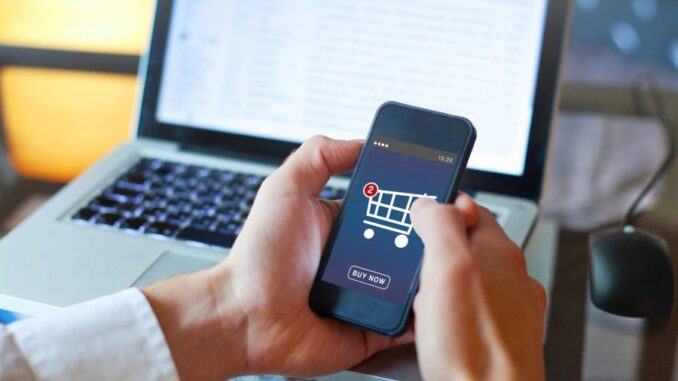
In recent years, Buy Now, Pay Later (BNPL) schemes have rapidly gained popularity, reshaping how consumers shop online and in-store. Marketed as a convenient alternative to traditional credit cards, these services allow shoppers to purchase goods immediately and defer payments through installments—often interest-free if paid on time. While the appeal is undeniable, it’s essential to dig deeper into how these schemes work and what potential pitfalls they may pose.
What Is Buy Now, Pay Later?
BNPL is a type of short-term financing that enables consumers to split the cost of a purchase into several smaller payments. Services like Afterpay, Klarna, Affirm, and Zip have become household names, partnering with retailers across sectors from fashion to electronics. Typically, users pay the first installment at checkout, with the remainder spread over a few weeks or months. Many providers boast no interest or fees—provided payments are made on time.
The Allure of Convenience
One of the main draws of BNPL is its ease of use. Unlike credit cards, which require a formal application process and credit checks, many BNPL services can be activated instantly at checkout. For younger consumers or those with limited credit history, this accessibility is especially appealing. Additionally, the ability to delay full payment can be helpful for budgeting, particularly when managing larger purchases.
From a marketing perspective, retailers love BNPL. It reduces cart abandonment and increases average order value, often encouraging shoppers to spend more than they initially intended. This “frictionless” spending, however, is where the trouble can start.
Hidden Risks and Real Costs
Though BNPL options are often interest-free, they are not without risk. Missing a payment can trigger late fees, and multiple missed payments may be reported to credit bureaus, potentially harming your credit score. Some services charge steep penalties or even pause your account until outstanding debts are cleared.
Moreover, because BNPL bypasses the traditional credit application process, consumers may overextend themselves without realizing it. Using multiple BNPL providers across several transactions can quickly lead to a stack of small debts, which, collectively, can become overwhelming.
There’s also limited consumer protection compared to credit cards. In cases of faulty or undelivered goods, BNPL users may find it more difficult to dispute charges or obtain refunds. Unlike credit cards, which offer strong consumer safeguards under various financial regulations, BNPL services often operate in a regulatory grey area.
Who Should Be Cautious?
BNPL can be a useful tool if used responsibly, but it’s not for everyone. Those living paycheck to paycheck or struggling with existing debt should be wary. The psychological detachment of “paying later” can lead to poor spending habits and ultimately financial distress.
It’s especially risky for individuals who see BNPL as an extension of their income. Unlike credit cards, which often come with clear spending limits and repayment terms, BNPL services can be deceptively lenient in how they allow purchases—leading consumers to overestimate their repayment abilities.
Using BNPL Wisely
To make the most of BNPL without falling into financial traps, consider the following tips:
- Treat BNPL like any other debt. Budget for repayments as if they were part of your monthly expenses.
- Use it sparingly. Avoid using multiple BNPL services at once, which can dilute your awareness of your actual debt load.
- Read the fine print. Know the consequences of missing a payment, and check whether late fees or interest rates apply.
- Set reminders. Since automatic withdrawals may not always be reliable, setting personal alerts helps avoid late payments.
Final Thoughts
Buy Now, Pay Later schemes can offer flexibility and convenience, but they come with hidden risks that many consumers overlook. As with any financial tool, education and discipline are key. Used responsibly, BNPL can help manage purchases and cash flow. But without careful planning, it can quickly lead to debt cycles and financial strain. Before you click “Pay Later,” make sure you’re equipped with the full picture.
Get more details from these resources :
https://familyhousepai.com/
https://familleeducation.org/
https://gotomariko.com/
https://jetaport.com/
https://theloverspoint.com/
https://godblogcon.com/
https://leadershipeditors.com/
https://wahcbd.com/
https://exclusivenewstoday.com/
https://premiobrasilambiental.com/
https://youarebeingwatched.us/
https://kidsearnmoney.co/
https://newportbluesfestival.co.uk/
https://maitreyarelictour.com/
https://sandranews.com/
https://cryptexplorer.com/
https://offiice-officecom.com/
https://revisedtruth.com/
https://balarindangnews.com/
https://creativehomestaging.net/
https://pokercewek.org/
https://israup.net/
https://mx-df.net/
https://inewsiran.com/
https://madeinitalytravel.com/
https://i-mpressmta.com/
https://amarillaautomotores.com/
https://newstotop.com/